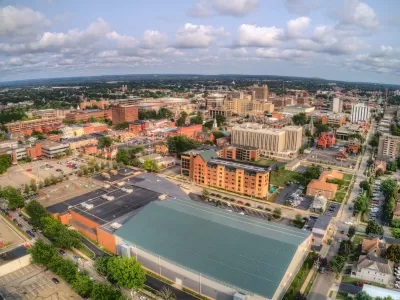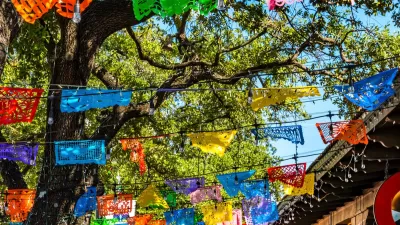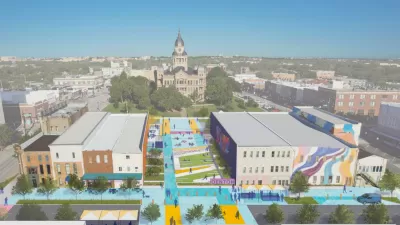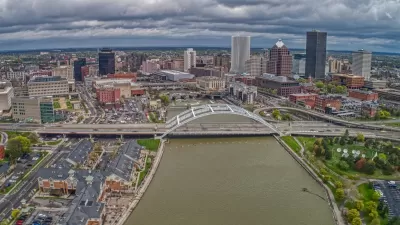The federal economic development program has brought over $100 billion in private investment to revitalize struggling communities.

In an opinion piece for Governing, Steven G. Glickman and Jonathan Tower argue for the expansion of the federal Opportunity Zone program created by the 2017 Tax Cuts and Jobs Act.
Opportunity Zones, the authors explain, “were originally designed as an experiment to incentivize new streams of private capital investment in distressed areas, pushing overly bureaucratic decision-making from the federal government down to more nimble states, cities and individual investors in exchange for long-term investments that generate new economic activity and housing.”
Since then, Opportunity Zones were created in over 8,700 communities across the U.S., attracting more than $100 billion in private investment by 2022, all geared toward revitalizing underserved communities. The authors note that “To get it right, you have to have the right mix of community leaders, investors, entrepreneurs and developers with a shared long-term vision of the future.”
The authors support extending and expanding the program to make more communities eligible, asserting that the program could grow to become the first billion-dollar economic development initiative. “If we are really serious about the success of Opportunity Zones, Congress should include them as a permanent part of the tax code, providing the private sector with the clarity and confidence needed to achieve the true scale of impact that’s possible.”
FULL STORY: Opportunity Zones Are a Big Success. Let’s Make Them a Lot Bigger.

Study: Maui’s Plan to Convert Vacation Rentals to Long-Term Housing Could Cause Nearly $1 Billion Economic Loss
The plan would reduce visitor accommodation by 25,% resulting in 1,900 jobs lost.

North Texas Transit Leaders Tout Benefits of TOD for Growing Region
At a summit focused on transit-oriented development, policymakers discussed how North Texas’ expanded light rail system can serve as a tool for economic growth.

Why Should We Subsidize Public Transportation?
Many public transit agencies face financial stress due to rising costs, declining fare revenue, and declining subsidies. Transit advocates must provide a strong business case for increasing public transit funding.

How to Make US Trains Faster
Changes to boarding platforms and a switch to electric trains could improve U.S. passenger rail service without the added cost of high-speed rail.

Columbia’s Revitalized ‘Loop’ Is a Hub for Local Entrepreneurs
A focus on small businesses is helping a commercial corridor in Columbia, Missouri thrive.

Invasive Insect Threatens Minnesota’s Ash Forests
The Emerald Ash Borer is a rapidly spreading invasive pest threatening Minnesota’s ash trees, and homeowners are encouraged to plant diverse replacement species, avoid moving ash firewood, and monitor for signs of infestation.
Urban Design for Planners 1: Software Tools
This six-course series explores essential urban design concepts using open source software and equips planners with the tools they need to participate fully in the urban design process.
Planning for Universal Design
Learn the tools for implementing Universal Design in planning regulations.
Ascent Environmental
Borough of Carlisle
Institute for Housing and Urban Development Studies (IHS)
City of Grandview
Harvard GSD Executive Education
Toledo-Lucas County Plan Commissions
Salt Lake City
NYU Wagner Graduate School of Public Service





























